
NASA Plans to Fly Helicopter on Mars
There are two robotic rovers traversing and exploring the surface of Mars – NASA’s Opportunity and Curiosity rovers. These rovers, along with two others (Sojourner & Spirit) from past missions, use(d) specially made wheels to get around the Red Planet. Instead of just wheels NASA now wants to try a different way to travel around Mars. […]
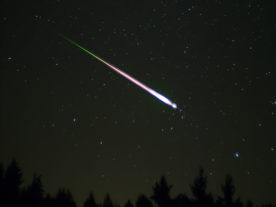
High-Tech Meteorite Hunting
Scientists estimate that thousands of extraterrestrial rocks enter our atmosphere every year, most of which burn up or fragment into smaller pieces before hitting Earth. Here’s how the Center for Near-Earth Object Studies (CNEOS) at NASA/JPL refer to various space objects. Asteroid: A relatively small, inactive, rocky body orbiting the Sun. Comet: A relatively small, […]
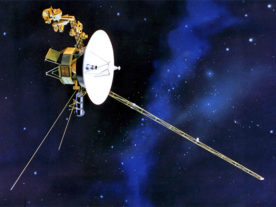
Voyager 1; Humans Peak; Distant Black Hole
JPL Fires Up Voyager 1 Thrusters after 37 Year Rest Imagine you’ve discovered a rare gem of a car that’s been tucked away in a barn for the last 37 years. The barn’s owner says it’s yours if you can drive it away. But if you’ve ever tried to start a motor vehicle and keep it […]
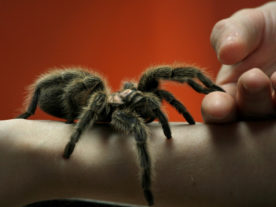
Eek! Spiders and Snakes; Interstellar Visitor; Sugar Boosts Cancer Growth
Why We Don’t Like Spiders and Snakes Two of the most common fears among people from around the world are arachnophobia, which is a fear of spiders and ophiophobia, the fear of snakes. Whether they live in rural communities or in the heart of a big city, most people generally get, at least, a little […]
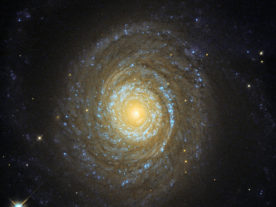
September 2017 Science Images
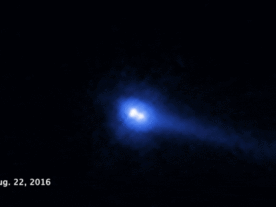
60 Days in Bed For Science; Asteroid Belt Mystery Solved & Ice on Mercury?
Mystery Asteroid Belt Object Really a Binary Asteroid Back in 2011 a Panoramic Survey Telescope and Rapid Response System or PanSTARRS survey detected an object in the asteroid belt displaying comet-like activity. So along with being labeled an asteroid, when it was discovered five years earlier, scientists also gave it a comet designation. After analyzing […]

Goodbye Cassini; Shape-Shifting Bacteria; New Horizons Wakes Up
NASA Cassini Mission to Saturn Comes to Fiery End English Poet Geoffrey Chaucer once said, “all good things must come to an end”. And so it goes with NASA’s Cassini mission, which provided a close-up look of Saturn, its moons and famous rings over the last 13 years, came to a blazing end on September […]

Antibiotics and Immune System; Freshman “15”; Volcanoes Under Antarctic Ice
Antibiotics Found to Interfere With Immune System
Avoiding the “Freshman 15” Weight Gain
Scientists Track Sun Burst Through Solar System
Huge Volcanic Range Found Under Antarctic Ice
Astronomers Find 4 Earth-Like Planets Near Sun-Like Star

Solar System Mimics Ours; The Big Empty; Closest Human Relative?
Nearby Planetary System Mimics our Solar System A group of scientists using NASA’s airborne Stratospheric Observatory for Infrared Astronomy or SOFIA recently completed a study that confirmed their previous findings of a young and nearby planetary system. The researchers found that the system surrounding the star Epsilon Eridani, which is about 10.5 light years away […]
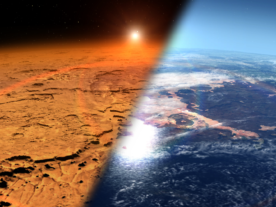
New Horizons Journey; Wrong Way Asteroid; Ring Around Mars?
New Horizons Halfway to Next Flyby Destination NASA’s New Horizons spacecraft provided scientists an amazing once in a lifetime look at the distant dwarf planet Pluto as it flew by it in July 2015. Along with spectacular images of Pluto the spacecraft also sent back those of Pluto’s five moons including high definition shots of […]
